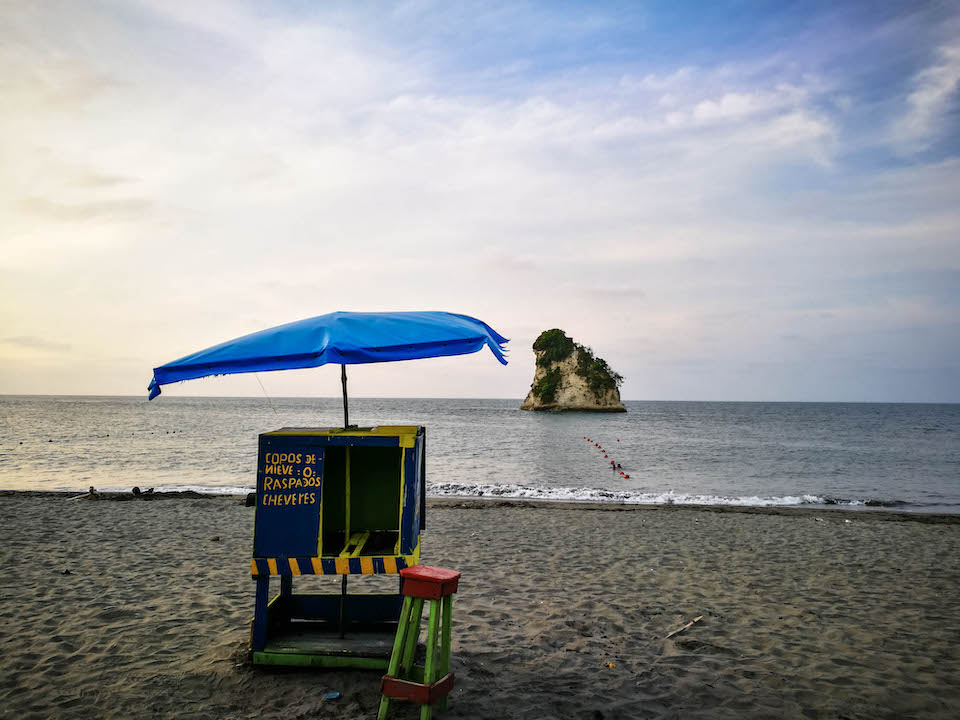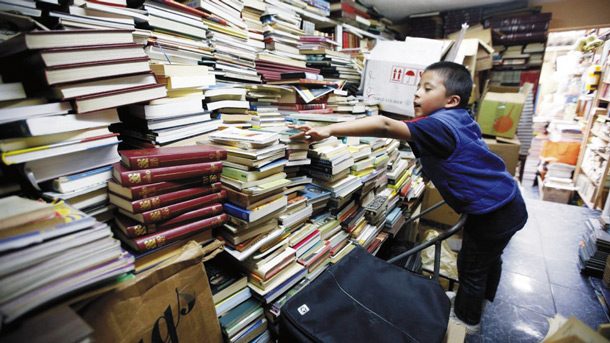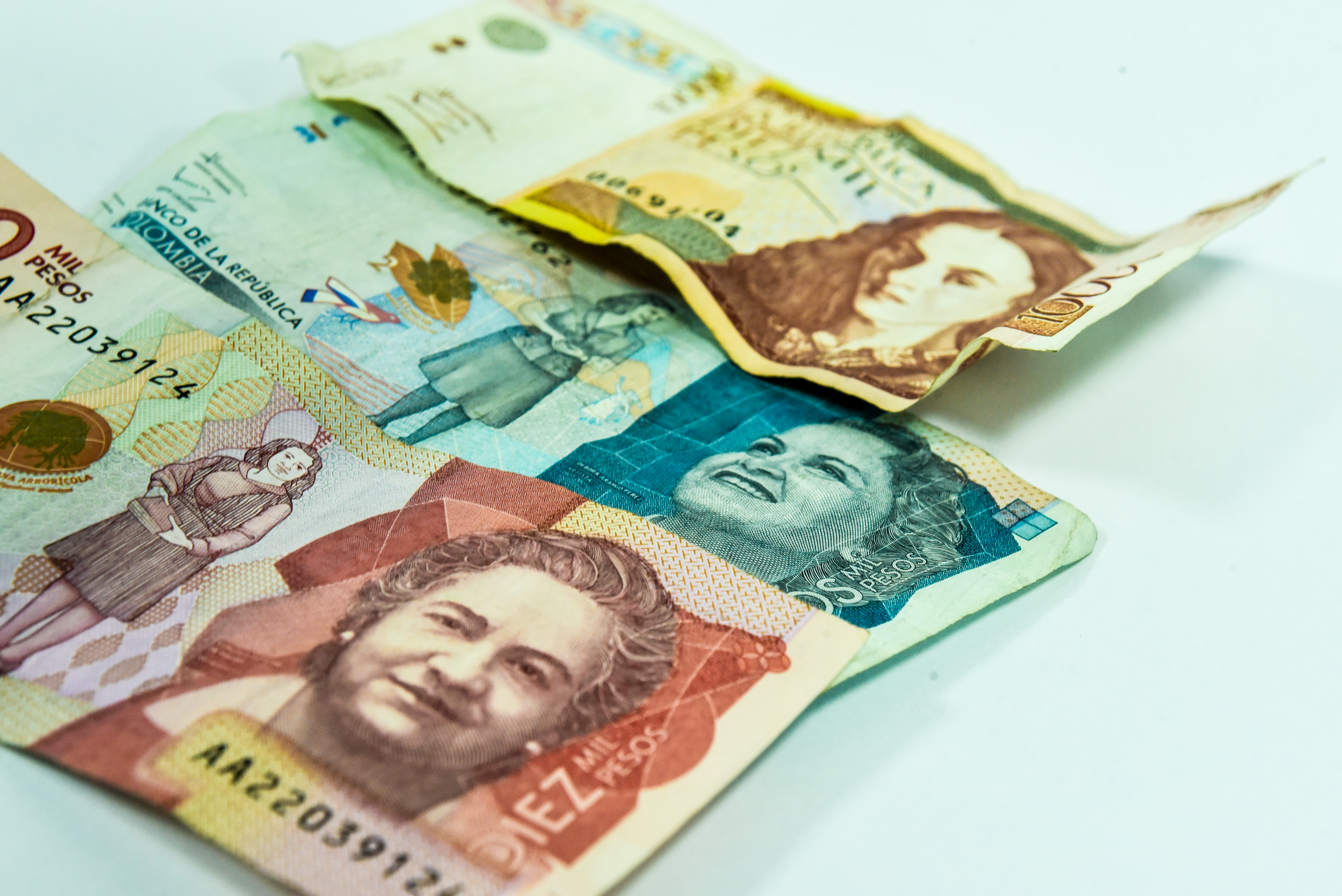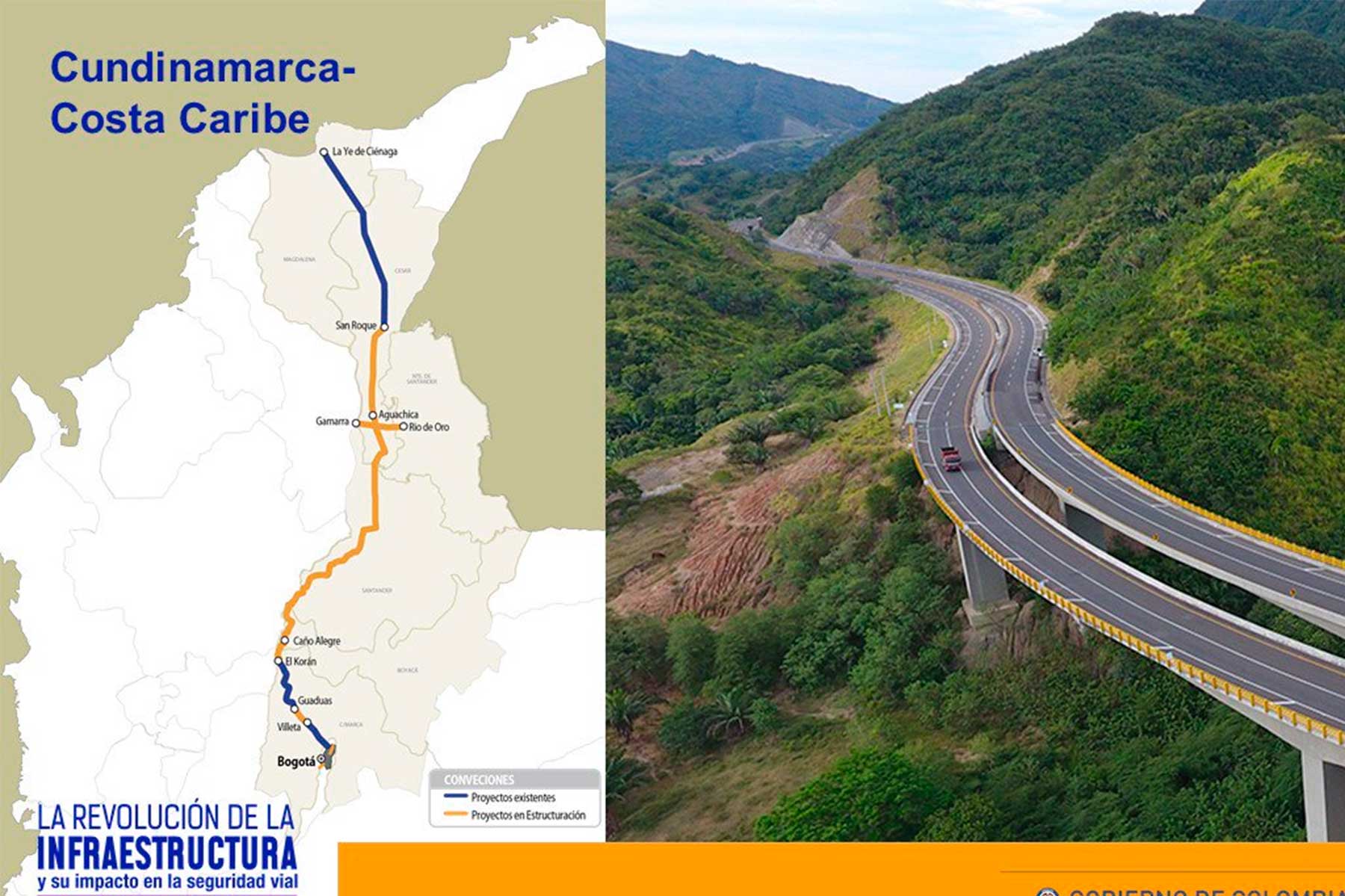A trip to Tumaco for work reveals that the violence is there, but not as conspicuous as you might expect. A new series where writers share their observations about less-visited zones of the country.

“So where are you headed?” my taxi driver asked. “To Tumaco”, I replied, knowing that my destination wouldn’t fail to make an impression. And indeed, just like everyone else in Bogotá I had told about my travel plans, my interlocutor raised his eyebrows, “You need to be very careful around there.” I laughed, but couldn’t deny I had already started to feel a little worried. Was I completely crazy to go there? What risks was I running?
In Tumaco, a coastal town of some 200,000 predominantly Afro-Colombian inhabitants near the southern border with Ecuador, the murder rate is four times higher than Colombia’s national average and 74% of its mainly displaced population is unemployed. In addition, it has the largest concentration of coca plantations in the country. In 2018 the United Nations registered 23,148 hectares of coca plantations in Tumaco alone, representing 13.7% of the national total. A wave of violence has hit the region since the 2016 peace deal. Dissident groups such as Clan del Golfo, las Guerrillas Unidas del Pacífico and the Oliver Sinisterra Front have engaged in a deadly battle over the FARC’s drug-trafficking routes displacing at least 2,700 people so far in 2019 alone. And as if all of this wasn’t enough, Tumaco is also known for having a very high incidence of sexual violence.
All of this was on my mind as I reached the Pacific a couple of hours later. It was a Sunday afternoon. Before landing, we flew over the central beach: it was packed. When I got out of the plane, the woman next to me exclaimed: “What a nice climate!” I agreed. The air was humid but there was a nice little breeze.
The friend I was staying with had offered to pick me up with his motorbike, but I had a big suitcase, so I grabbed one of the few taxis. (Later I would learn that it was actually no problem for the locals to transport a 23 kg suitcase on a motorcycle).
When I arrived at my friend’s house he and his girlfriend greeted me from their balcony. I walked up to their front door, but no one let me in. I realised the door wasn’t locked.
Over the next few days I would slowly come to understand that Tumaco’s high level of violence doesn’t manifest itself in the streets. Robberies are practically unheard of and one can walk around freely in the city centre at any time of the day. The reason for this isn’t however the relatively high presence of the state’s military forces, as one might assume. They actually concentrate in very few points of the city. In reality it is the direct result of a strict code of social norms imposed by armed groups and paramilitary organizations on the local population in the past. Anyone who didn’t respect the rules was shot. Robbers received one warning. This limpieza social (social cleansing) might also explain why drug consumption (even regular smoking) is rarely seen around town.
Related: The Amazons are burning, can Colombia save it forests?
There is another, more subtle way in which the town’s involvement in the drug business reveals itself. One day, I was shown around one of Tumaco’s dreaded barrios populares. The German social worker I was with told me that during her seven years in the neighbourhood she had learned to distinguish the sound of a pistol from a military rifle but that ultimately things had settled down a bit. We were walking through rows of the typical small wooden houses on palafitos [a frame of stakes that carry the houses over water] as I suddenly noticed a house that stood out. It was built out of massive stone and its see-through facade offered the passer-by a view of a brightly-lit and densely furnished living room with a massive TV flat screen at its centre. “Oh, I hadn’t seen this one before. People like to show what they’ve got here,” my companion explained. “The best way to identify a narco is to look out for heavy gold chains and to see who invites people for drinks.”
A painful consequence of this excessive spending is the rise of local prices and that those who are not part of the drug business can’t afford their groceries anymore. Besides, the high wages for coca leaf pickers make it difficult for poor farmers to find seasonal workers during the harvest season.
However, despite these serious problems – or perhaps because of them – people are determined to live in the moment. The people I meet are cheerful, they laugh and they dance. In fact, I had never seen such a large number of dancing venues in a town of a comparable size. Even death is sometimes celebrated. According to Afro-Colombian belief, a child under seven who dies cannot have sinned and becomes an angel to watch over people on earth.
All of this isn’t to deny that people in Tumaco are facing very difficult circumstances which have worsened since the peace deal. Yet, Colombians elsewhere should stop stigmatizing this forgotten part of the country and take an interest beyond its current expansion of coca fields.
Caroline is a political science master student at Sciences Po in Paris writing her master thesis on palm oil cultivation in the Colombian Pacific.





